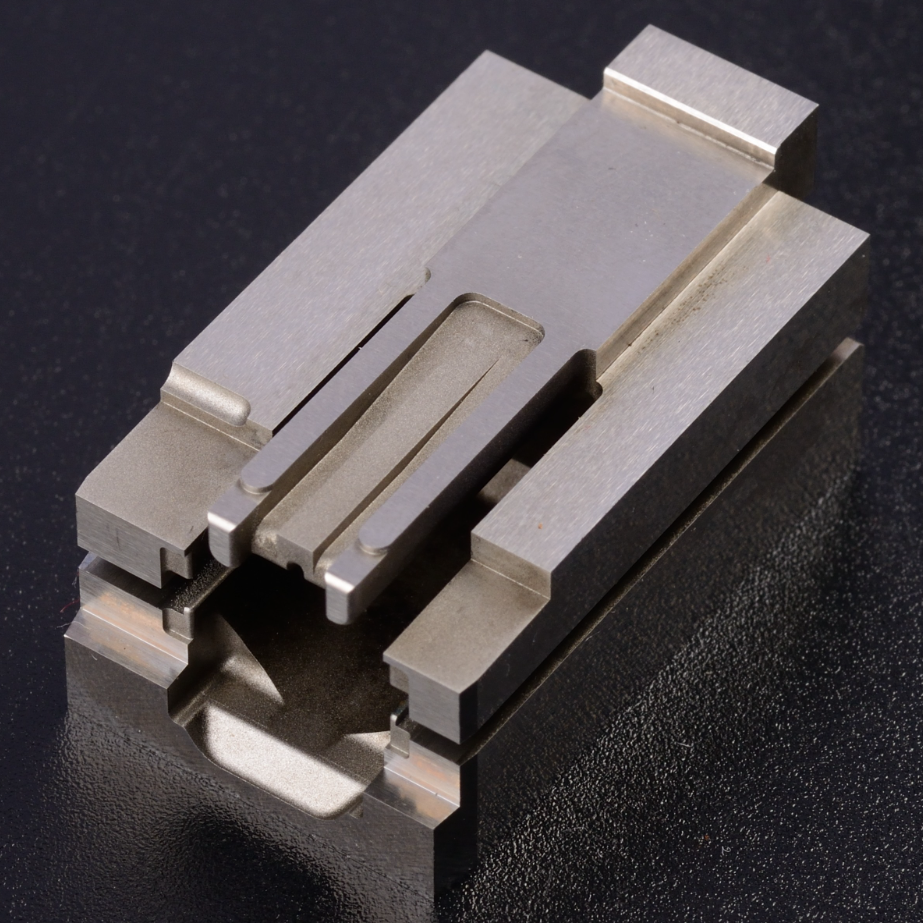In the realm of manufacturing, precision is paramount. Whether it’s aerospace, automotive, medical, or any other industry, the demand for high-quality components that meet exacting standards is ever-present. Enter Wire Electrical Discharge Machining (EDM), a cutting-edge technology that has revolutionized the production of intricate and high-precision parts.
Wire EDM Machining, also known simply as wire EDM or Wire cutting, is a specialized process used to cut complex shapes and forms from electrically conductive materials with exceptional accuracy. The method utilizes a thin, electrically charged wire, typically made of brass or coated with brass, to erode the workpiece material through a series of controlled electrical discharges. Key Components and Process
In wire EDM machining, the workpiece and the wire electrode are submerged in a dielectric fluid, usually deionized water, to facilitate the machining process and flush away debris. A computer-controlled system precisely controls the movement of the wire, guiding it along the desired cutting path with micron-level accuracy.
The process begins by generating an initial hole, or “start hole,” in the workpiece through which the wire can pass. Once the wire is threaded through the start hole, it is continuously fed through the workpiece while electrical discharges occur between the wire and the workpiece material. These discharges, or sparks, create intense heat, melting and vaporizing small portions of the workpiece, which are then flushed away by the dielectric fluid.
Benefits of Wire EDM Machining
1. Unparalleled Precision: Wire EDM machining offers unparalleled precision, allowing manufacturers to produce components with intricate geometries and tight tolerances that would be challenging or impossible to achieve with conventional machining methods.
2. Versatility: This technology is compatible with a wide range of electrically conductive materials, including hardened steels, titanium, aluminum, and exotic alloys, making it suitable for diverse manufacturing applications across various industries.
3. Minimal Material Distortion: Unlike traditional machining techniques that impart mechanical stresses on the workpiece, wire EDM machining produces minimal heat-affected zones and virtually eliminates material distortion, ensuring dimensional stability and preserving the integrity of the final product.
4. Cost-Efficiency for Complex Parts: While setup costs for wire EDM machining may be higher compared to conventional methods, its ability to produce complex parts with minimal tooling and setup time translates into long-term cost savings, especially for low-volume or prototype production runs.
Applications and Industries
Wire EDM machining finds application in a myriad of industries, including aerospace, automotive, medical devices, electronics, and tool and die manufacturing. It is used to fabricate components such as gears, turbine blades, injection molds, medical implants, and intricate electronic connectors, among others.
In an increasingly competitive manufacturing landscape where precision, efficiency, and quality are non-negotiable, wire EDM machining stands out as a cornerstone technology. Its ability to deliver high-quality, intricately detailed components with unmatched precision has propelled it to the forefront of modern manufacturing processes. As industries continue to push the boundaries of innovation and demand ever-more complex parts, wire EDM machining remains a reliable and indispensable tool for meeting the challenges of tomorrow.




